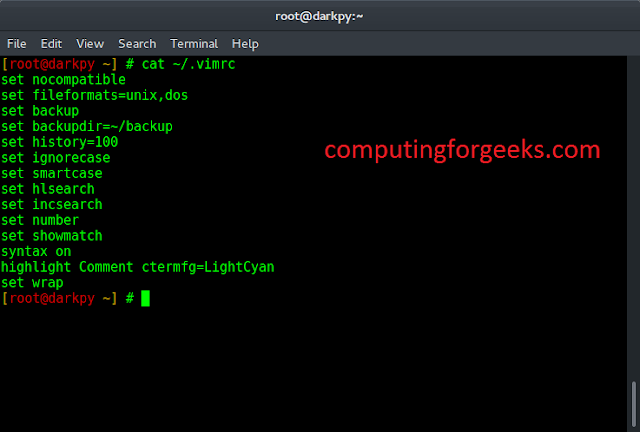numpy.MaskedArray.default_fill_value() function is used to return the default fill value for the argument object.The default filling value depends on the datatype of the input array or the type of the input scalar.If datatype is bool then default filling value is True, for int it is 999999, 1.e20 for float, for complex it is 1.e20+0.j, ‘?’ for object and ‘N/A’ for string.
Syntax :
numpy.ma.default_fill_value(obj)Parameters:
obj :[ ndarray, dtype or scalar ] The array data-type or scalar for which the default fill value is returned.Return : [ scalar ] The default fill value.
Code #1 :
# Python program explaining # numpy.MaskedArray.default_fill_value() method # importing numpy as geek # and numpy.ma module as ma import numpy as geek import numpy.ma as ma # creating input array in_arr = geek.array([[1, 2], [ 3, -1], [ 5, -3]]) print ("Input array : ", in_arr) # Now we are creating a masked array. # by making entry as invalid. mask_arr = ma.masked_array(in_arr, mask =[[1, 0], [ 1, 0], [ 0, 0]]) print ("Masked array : ", mask_arr) # applying MaskedArray.default_fill_value # methods to masked array out_val = ma.default_fill_value(mask_arr) print ("Default filled value : ", out_val) |
Input array : [[ 1 2] [ 3 -1] [ 5 -3]] Masked array : [[-- 2] [-- -1] [5 -3]] Default filled value : 999999
Code #2 :
# Python program explaining # numpy.MaskedArray.default_fill_value() method # importing numpy as geek # and numpy.ma module as ma import numpy as geek import numpy.ma as ma # creating input array in_arr = geek.array([[1 + 2j, 2 + 3j], [ 3-2j, -1 + 2j], [ 5-4j, -3-3j]]) print ("Input array : ", in_arr) # Now we are creating a masked array. # by making two entry as invalid. mask_arr = ma.masked_array(in_arr, mask =[[1, 0], [ 1, 0], [ 0, 0]]) print ("Masked array : ", mask_arr) # applying MaskedArray.default_fill_value # methods to masked array out_val = ma.default_fill_value(mask_arr) print ("Default filled value : ", out_val) |
Input array : [[ 1.+2.j 2.+3.j] [ 3.-2.j -1.+2.j] [ 5.-4.j -3.-3.j]] Masked array : [[-- (2+3j)] [-- (-1+2j)] [(5-4j) (-3-3j)]] Default filled value : (1e+20+0j)




